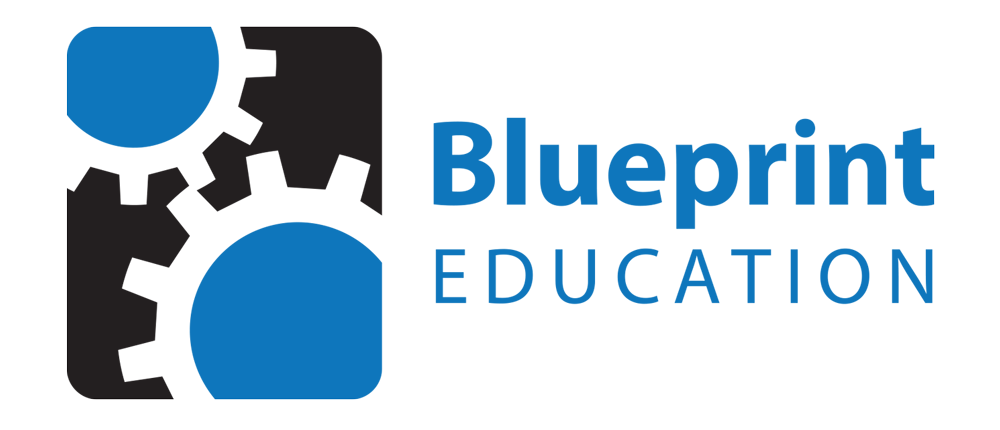Why Retrospectives?
As we approach the end of the semester and calendar year, reflection is a useful skill for students to learn and utilize, a tool to curb vacation learning loss. Moreover, reflection is key to students understanding not only WHAT they are learning but HOW they learn best.
Agile “Retrospectives” are collaborative (and fun!) reflections of learning and collaboration to “explore what went well and what could be improved in order to create actionable commitments for future work… a time to reflect and improve on the learning process, student choice, and collaboration. In this way, the retrospective is a powerful opportunity for students to build metacognition, practice self-reflection, and exercise self-agency toward continuous improvement” (Agile Educator Guide, 2021, p. 6).
Why Jamboard?
A Jamboard is a virtual, interactive “whiteboard” that allows collaboration synchronously and asynchronously and can be used online or in-person. Feel free to make a copy of the jamboards you love, and use your copies as they are, modify as you’d like, or take the “retro” guiding questions in your own original direction.
Why Agile (in Education)?
The Agile framework originated from the world of software development and a need that arose to collaborate on product development in a smarter way. “Agile is an iterative approach to . . . development that helps teams deliver value . . . faster and with fewer headaches” (www.atlassian.com). The Agile philosophy, if you will, encompasses a group of methodologies that guide goal development, continuous improvement, and collaboration.
When applied to education, the Agile framework and methodologies look like: student engagement, teamwork, exploration, relevance, objective mastery, increasing depth-of-knowledge, 21st Century skills in action, self-efficacy, and intrinsic motivation.
Join us on the journey, at blueprinteducation.org/agile.
Author: Marina O’Connell, CSM, CSPO, CAL K-12

